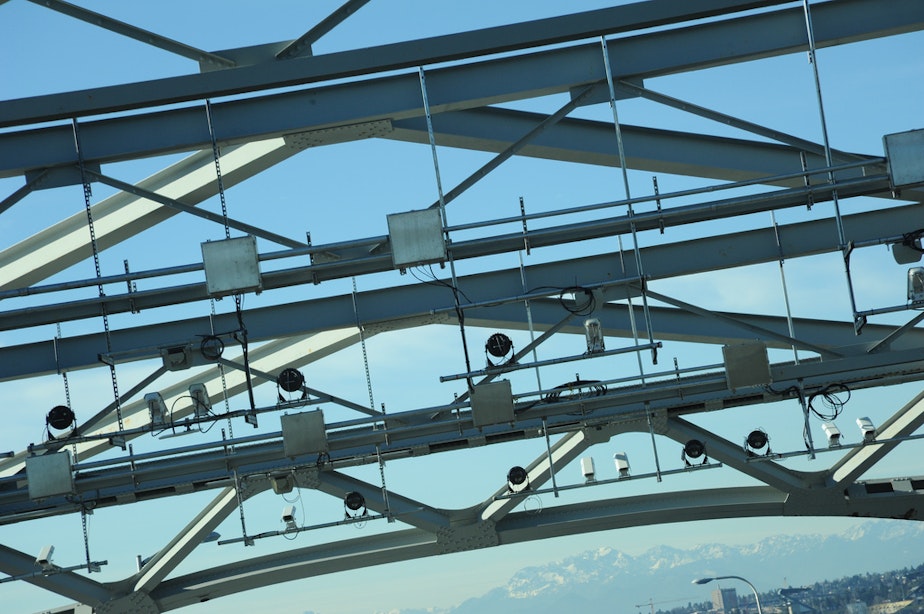What would you want in a Highway 99 toll? (Besides no toll at all)

Drivers will have a free ride on the state Route 99 tunnel in Seattle when it first opens this fall. After a few months, however, expect to pay a toll of $1.00-$2.50 for each trip.
The Washington State Transportation Commission has proposed multiple tolling options and will present them in public meetings this spring.
They use a mix of tolling strategies: Prices fluctuate throughout the day, tolls increase over several years, and rush hour is the most expensive. The weekday hours between 3:00-6:00 p.m, for example, could start as high as $2.50.
The choice will be tough for the state to make, according to Washington State Transportation Commission director Reema Griffith.
They know some drivers who would otherwise use the SR 99 tunnel are bound to divert to surface streets once tolling starts. The trick is to keep diversion to a minimum – both to protect their revenue and to control congestion in downtown Seattle.
Sponsored
Washington state needs to pay back the $3.2 billion construction costs for the SR 99 tunnel, which is partly where tolls come in.
"The law basically requires that up to $200 million be raised by toll revenue," Griffith said.
She said charging drivers costs money in itself, so the SR 99 tolls actually need to raise an estimated $995 million by mid-century.
The commission will announce the toll prices in July, and the new SR 99 tunnel is scheduled to open in the fall.
